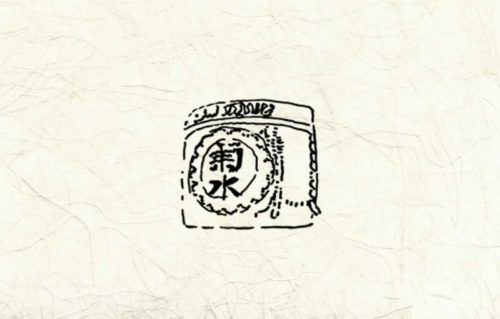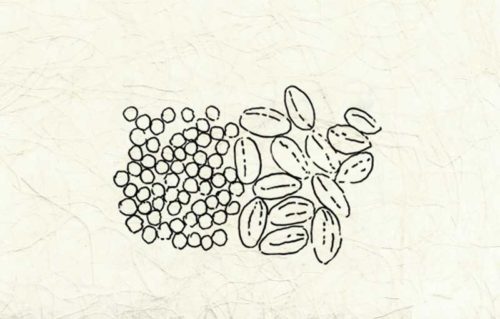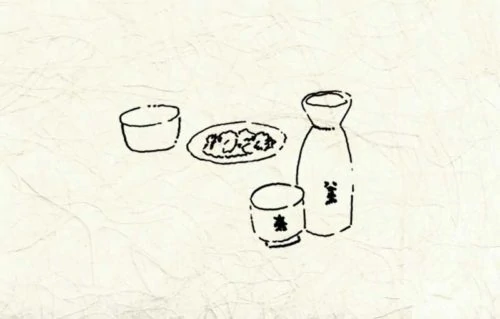
The must-have guide to Sake or ninhonshu, the ultimate Japanese drink
The world of spirits is fascinating, in the sense that each drink has its particularities and therefore, a tasting ritual. It is however important to know the process of making alcohol, its origins, what makes it more or less prestigious. We tell you in our must-have guide on Sake or ninhonshu what you need to know to immerse yourself in the Japanese drink culture par excellence.
Sake varieties

There are different classifications of sake, but the most basic are:
Futsuushu (ordinary sake): This is the equivalent of “table wine” in the world of wine, and accounts for about 80% of all sake brewed.
Tokutei Meishoshu (specially designated sake): All sake found into these categories can be considered premium sake and better than futsuu sake. It contains eight sub-categories, to which sake are assigned according to the added brewer’s alcohol and the degree to which the rice was polished.
The rice

The more polished the rice is, the better it tastes. There are two polishing ratio rice. This ratio will reveal whether more or less of the husk has been removed.
大吟醸, or daiginjou, has a rice polishing ratio of 50 percent or less.
吟醸, or ginjou, has a rice polishing ratio of 60 percent or less.
The lower this number is, the more the rice was polished and the sake will be higher of quality.
Alcohol

The purest sake, with little or no additional alcohol, is considered to be of higher quality and the highest quality sake can be classified into two main categories that indicate this:
Junmaishu, it’s sake made without alcohol or added sugar.
Honjouzoushu, is a sake that contains less than 10 percent added alcohol.
Tasting
It is often taken in Shinto rituals, and on special occasions such as New Year’s Day. Sake can be enjoyed at different temperatures, cold (reishu), ambient (jouon) or hot (atsukan). If you want to know at which temperature you can drink the sake, you have to know that lower quality sake can be heated to hide the impurities. On the other hand, high quality sake such as daiginjou and ginjou is usually served cold.
The glasses to taste Sake
Masu
Ochoko
Guinomi
Sakazuki
Wine glass
Old fashioned glass
Don’t drink and drive. Enjoy responsibly.
News
Stay tuned and discover all the news in the Spirits World for professionals and amateurs, by our Spirits Hunters’ experts.
See all posts in this category. Join the community on Reddit
Join the community on Reddit
Spirits Hunters is a community dedicated to spirits and the world of mixology. Feel free to talk about the world of mixology and bartending here!
Join







